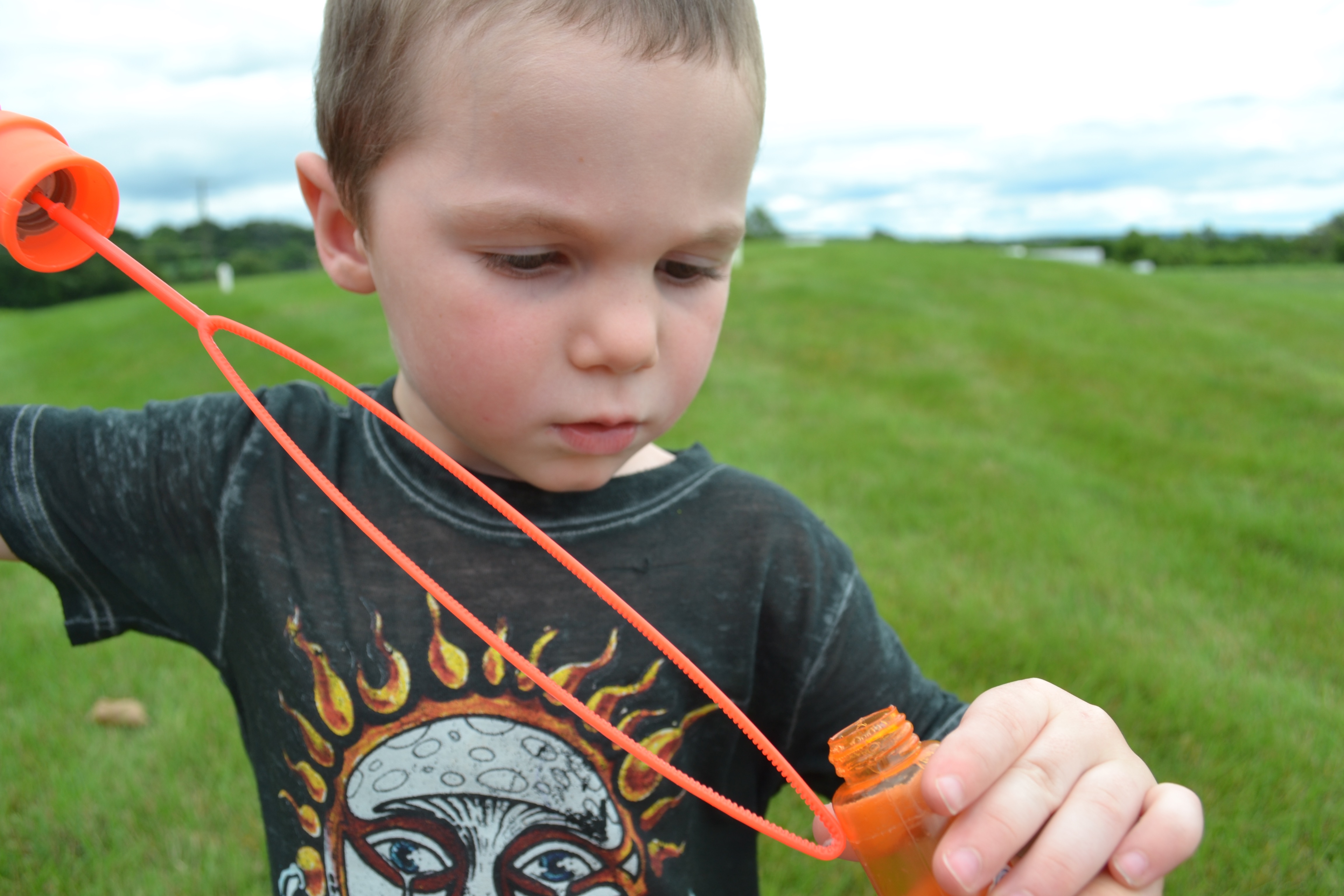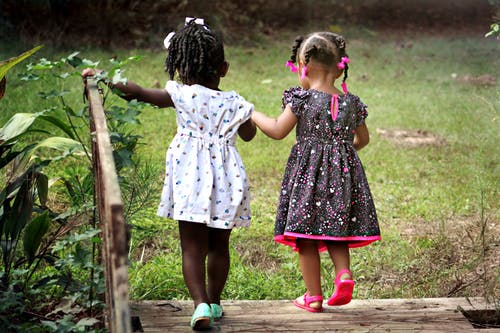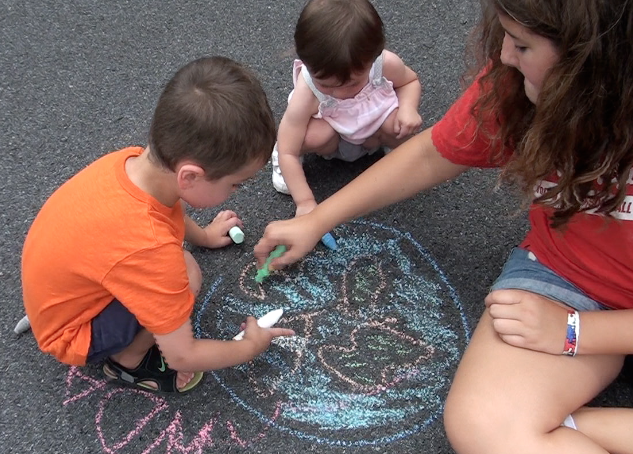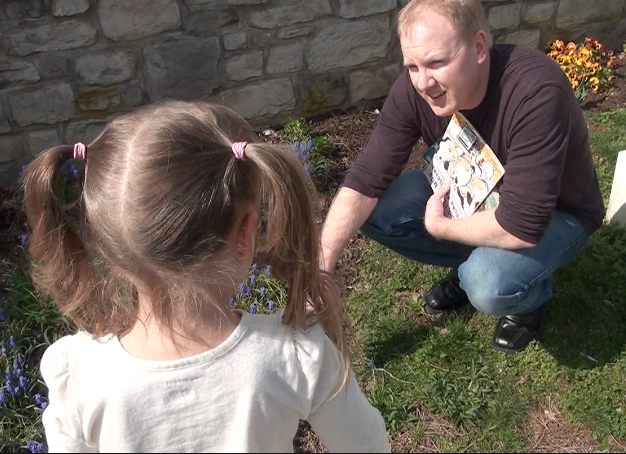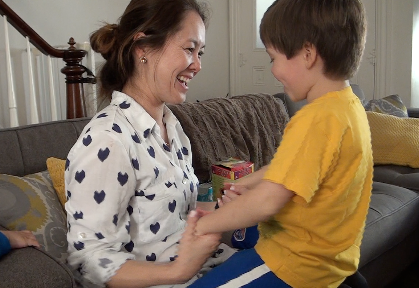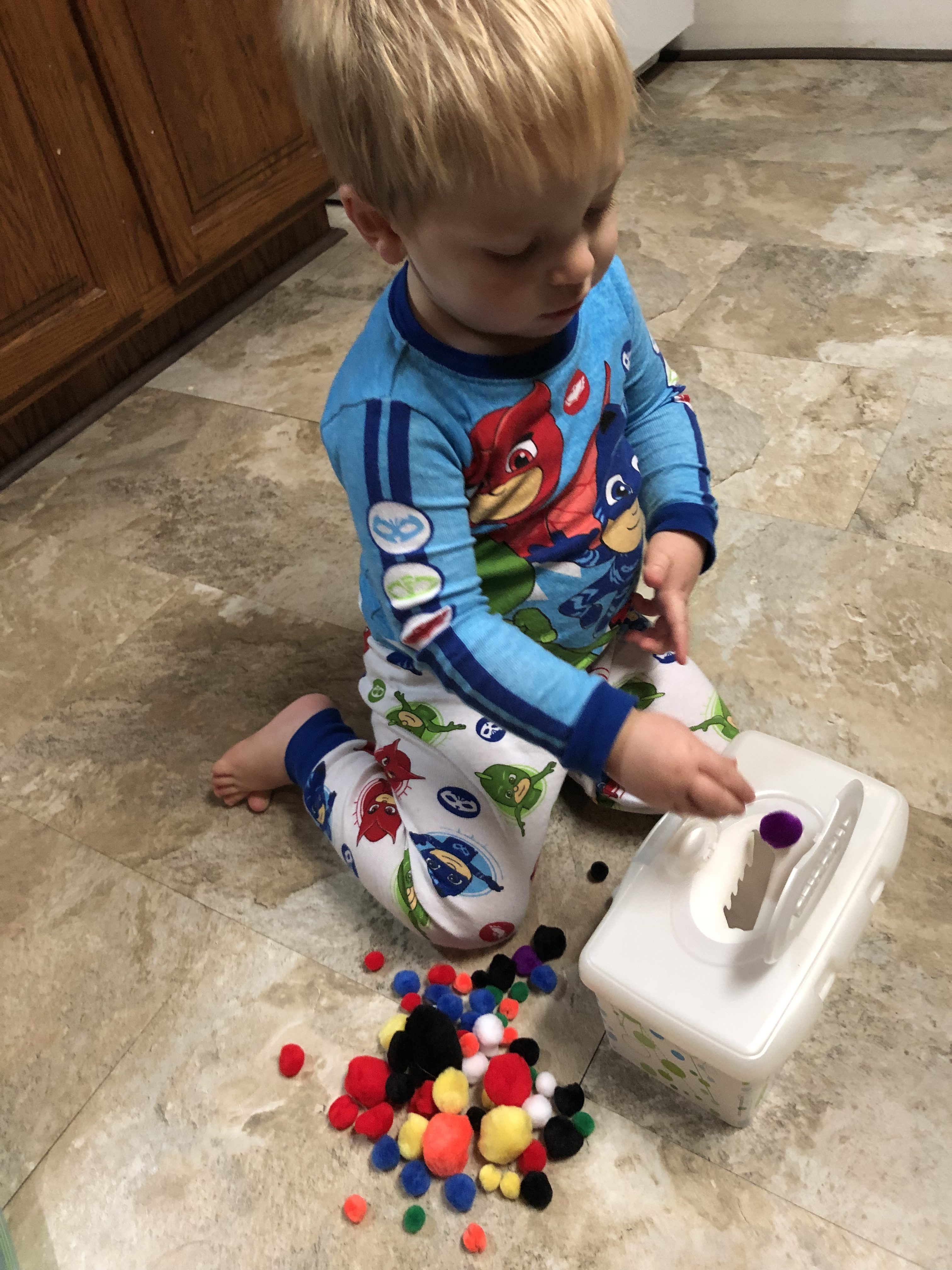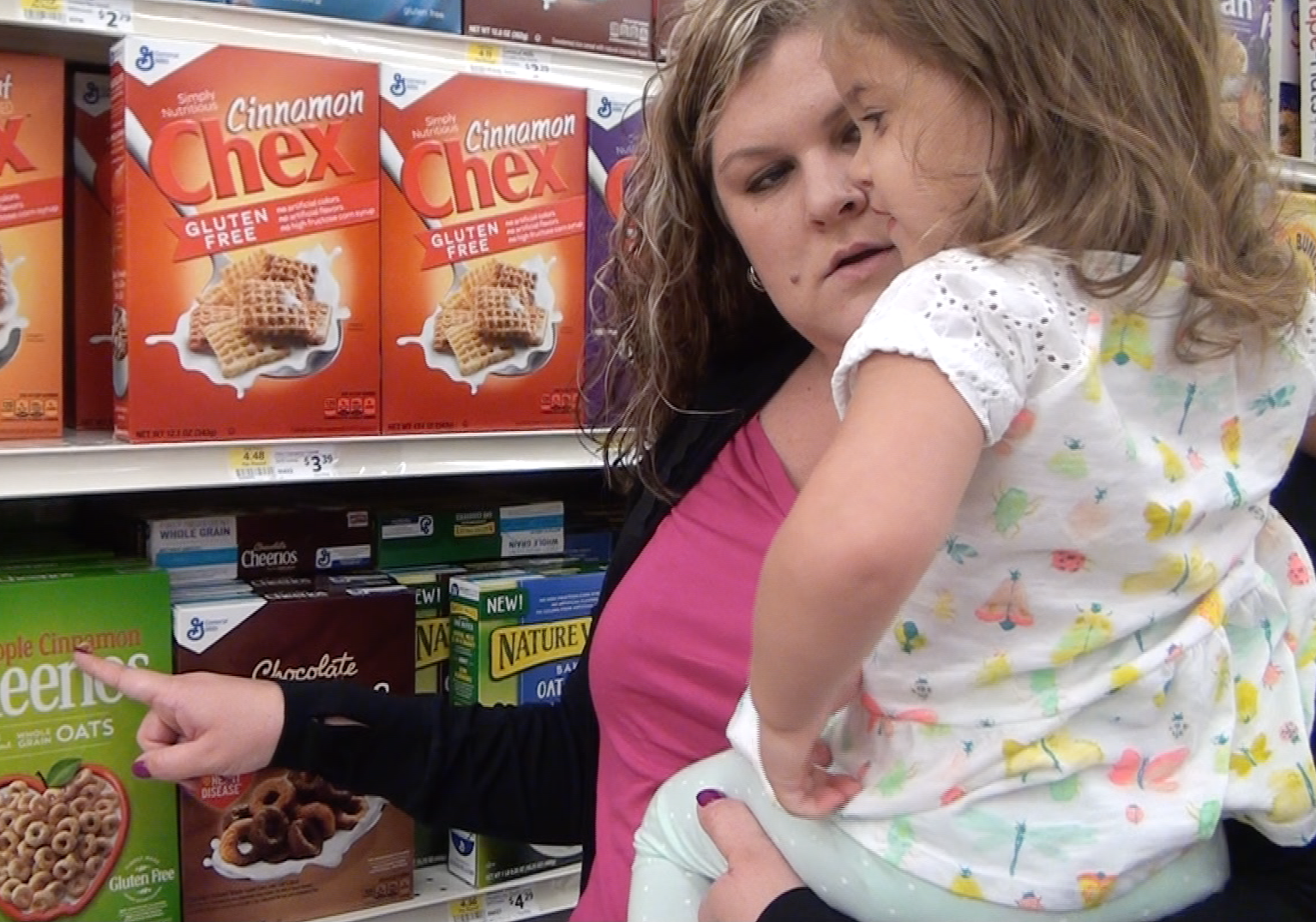STEM Milestones
Children at this age are beginning to learn to make a hypothesis (educated guess) and test them.
- Explores new environments such as a new playground
- Can sequence items and activities
- Can predict what will happen next
- Begins to understand numbers and counting
Social/Emotional/Play Milestones
At 19-24 months, children are very social. They are participating in small groups with other children, maintaining eye-contact and engaging in social situations.
Key Indicators:
- Is able to locate objects you are pointing to
- Enjoys swinging on playground swings
- Enjoys being swung and gently thrown up in air
- Enjoys playing with new toys in varied ways
- Usually plays with toys without putting them in the mouth
- Enjoys playing with musical toys
- Enjoys sitting to look at or listen to a book
Language/Communication Milestones
Children at this age begin trying to imitate language by using attempting to speak words. By 21 months, they imitate most words, name object and pictures, and understand new words quickly.
Key Indicators:
By 21 months:
- Uses at least 50 words
- Understands simple pronouns (me, you, my)
- Identifies 3-5 body parts when named
By 24 months:
- Begins to use 2 word phrases
- Uses simple pronoun (me, you, my)
- Understands action words
- Uses words and gestures in pretend play
- Follows 2-step related direction e.g. “Pick up your shoe and bring it to me”
- Enjoys listening to stories (books and verbal stories)
Coordination/Movement Milestones
At this age, children are very active and busy. Children are moving in and out of several positions on the floor and standing and using their hands and upper bodies to change position. Children are able to coordinate movements needed to play and explore.
Key Indicators:
- Usually walks with heel toe pattern and not primarily on toes
- Has adequate endurance and strength to play with peers
- Can maintain balance to catch ball or when gently bumped by peers
- Is able to throw and attempt to catch ball without losing balance
- Uses both hands equally to play with and explore toys
Sensory Milestones
Children at this stage like a variety of movements, textures, massage, and music. They are exploring their world by using all their senses.
Key Indicators:
- Hearing is very acute, processes words and voices well
- Uses both hands equally when playing with toys
- Can scan a crowd of people looking for parents’ faces
- Enjoys different textures against skin
Cognitive Milestones
Children at this age will become more attuned to the world around them. They explore with their hands and mouths, and will experiment with how objects work. They start imitating social interactions and try to join in simple play.
Key Indicators:
- Explores objects in many different ways (shaking, banging, throwing, dropping)
- Responds to other people’s expressions of emotion and appears joyful often
- Finds hidden objects easily
- Able to identify the correct picture when the image is named
- Uses objects correctly (drinking from cup, brushing hair)
- Begins to identify colors, letters, numbers and shapes
- Is able to identify body parts
What Would a Pediatric Occupational Therapist Look For?
Pediatric Occupational Therapists will look for certain developmental milestones when reviewing children’s behavior.
- Verbalizes wants and needs and displeasure
- Holds crayon and scribbles, attempts to color within lines
- Is able to stack 4-5 blocks
- Shows interest in potty training
- Attempts to speak to strangers
- Able to chew and swallow most foods and is self-feeding
- Is starting to assist in dressing
- Attempts to put on socks, shoes, and coat
- Plays with toys as they are intended to be played with (pushes car on floor, holds dolls appropriately)
- Tolerates clothing and textures against skin
- Notices when hurt and cries
- Self-feeds finger food
Time to Check with Baby’s Healthcare Provider
Parents, be vigilant! You are your child’s advocate. If you see any of the following in your baby’s first 10-12 months, it is time to notify your baby’s healthcare provider so he or she can get the proper medical attention.
- Walks only on tip toes
- Does not run
- Walks while dragging one leg
- Does not talk
- Does not use eye contact
Self-Care Milestones for Mommy and Daddy
Just as babies have milestones, new parents need to reach important milestones to stay healthy and happy and have the ability to care for your baby!
- Use proper lifting technique to protect your back
- If you are returning to work, plan ahead, ask your partner for help, try to get sleep on weekends
- Drink plenty of water
- Eat a balanced diet
- When help is offered, take it!
- Get some fresh air (take a walk with your baby when possible)
- Take time to connect with your partner
- Make time to connect with friends. Adult conversation is important!
References:
The American Academy of Pediatrics, Pathways, The American Occupational Therapy Association


